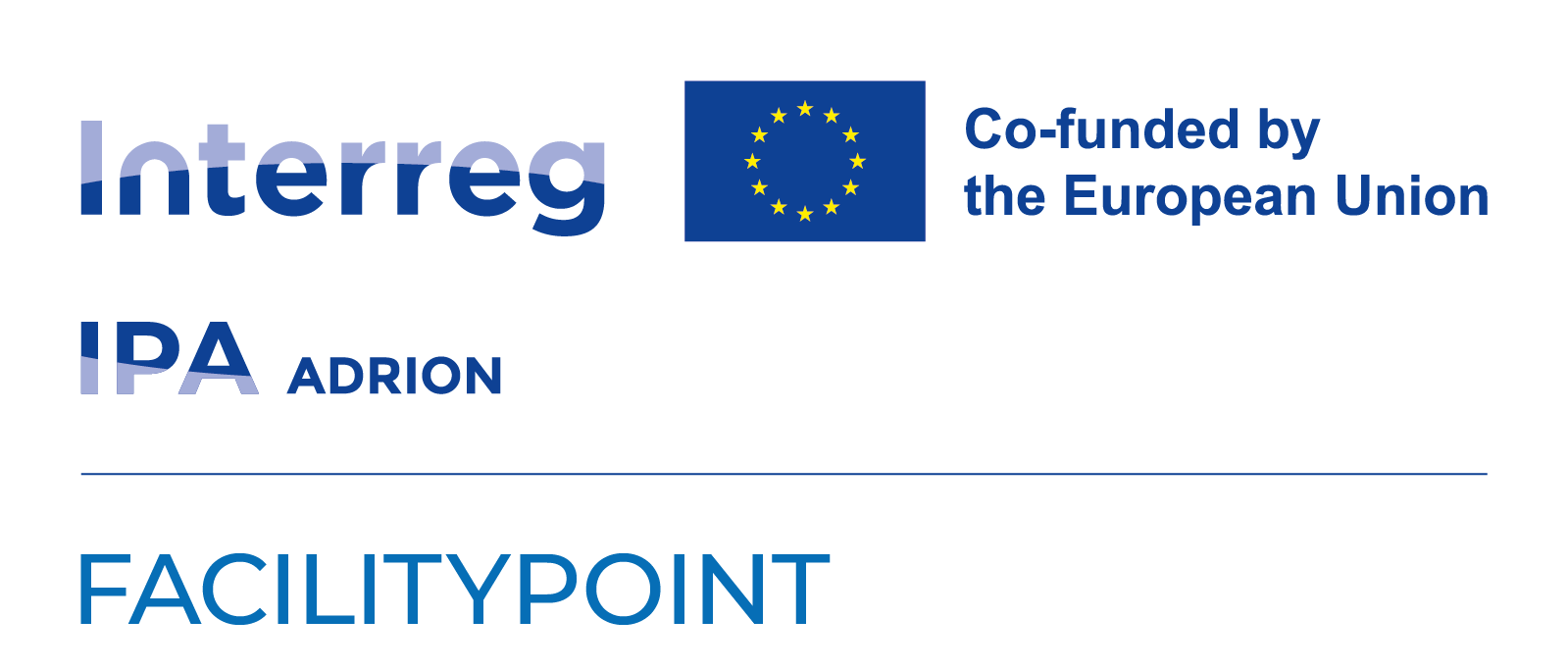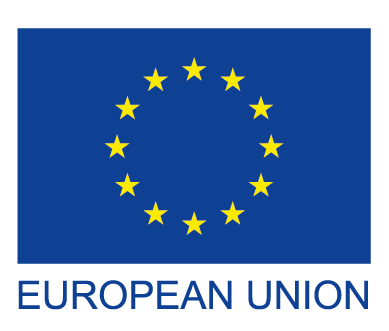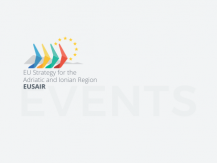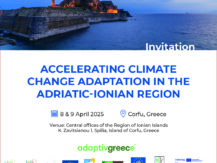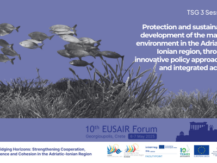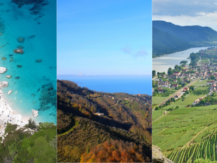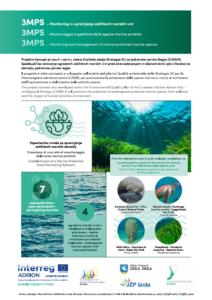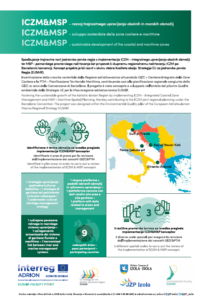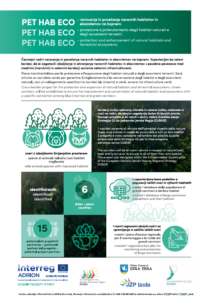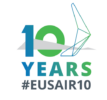PILLAR 3: Environmental quality
Pillar 3 – Environmental Quality – aims to strengthen regional cooperation to protect marine and coastal environments and transnational terrestrial habitats, enhance ecosystem health, and support climate resilience in line with EU and global environmental goals.
The specific objectives for this pillar are:
- To strengthen the collaboration in the Adriatic-Ionian Region in improving the marine and costal environment as well as biodiversity and ecosystem services.
- To address threats to terrestrial biodiversity and contribute to the aim of the EU biodiversity strategy, so that Europe’s biodiversity will be on the path to recovery by 2030 for the benefit of people, the planet, the climate and economy, in line with the 2030 Agenda for Sustainable Development and with the objectives of the Paris Agreement on Climate Change.
Two topics are identified as pivotal in relation to environmental quality in the Adriatic-Ionian Region:
- Topic 1 – Marine and coastal environment
- Topic 2 – Transnational terrestrial habitats and biodiversity
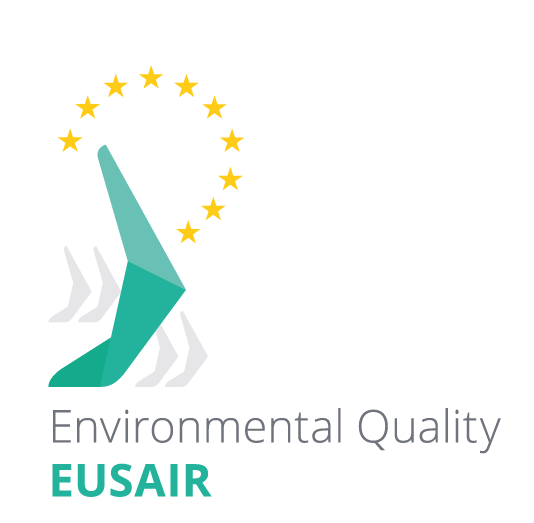


Topic 1 - Marine and coastal environment
The main objective of this topic is to strengthen the collaboration in the Adriatic-Ionian Region in improving the marine and costal environment as well as biodiversity and ecosystem services. This will be achieved through:
- improving biodiversity and ecosystem services in the Adriatic-Ionian Region, through better monitoring and management of the coastal and marine biodiversity and better coordination in the fields of maritime spatial planning and integrated coastal zone management;
- reducing the amount of microplastics, oil spills and other pollutants in seawater, leading to improved water quality and reduced risks to human health and marine life;
- reducing the introduction and spread of non-native species and pollutants into the sea;
- adapt to new natural and biodiversity reality due the climate changes issue;
- increase work on blue and green corridors to achieve good environmental status and ensure safety and security management on that regard.
Topic 2 - Transnational terrestrial habitats and biodiversity
The main objective of this topic is to address threats to terrestrial biodiversity and contribute to the aim of the EU biodiversity strategy, so that Europe’s biodiversity will be on the path to recovery by 2030 for the benefit of people, the planet, the climate and economy, in line with the 2030 Agenda for Sustainable Development and with the objectives of the Paris Agreement on Climate Change. This will be achieved through:
- reducing conflicts between humans and large carnivores, among others through improving institutional capacities;
- rehabilitating and restoring sites and habitats for migratory water birds occurring within the Adriatic-Ionian Region, and developing harmonised research and monitoring methods;
improving the management of nature resources in protected areas and harmonisation of national and transnational policies on management, including more environmentally friendly farming practices, and better analysis and implementation of climate-related risk mitigation and adaptation measures.
Pillar 3 Coordinators
Latest News
Key documents

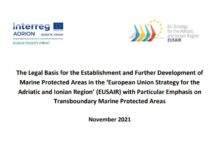

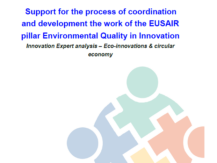
The NAMIRS adopts a holistic approach to marine pollution incident management, at sea and on shore with the scope of preventing maritime disasters and protecting from possible effects and damage in the North Adriatic Sea.
For further information about pillars and topics, please see the Library .
